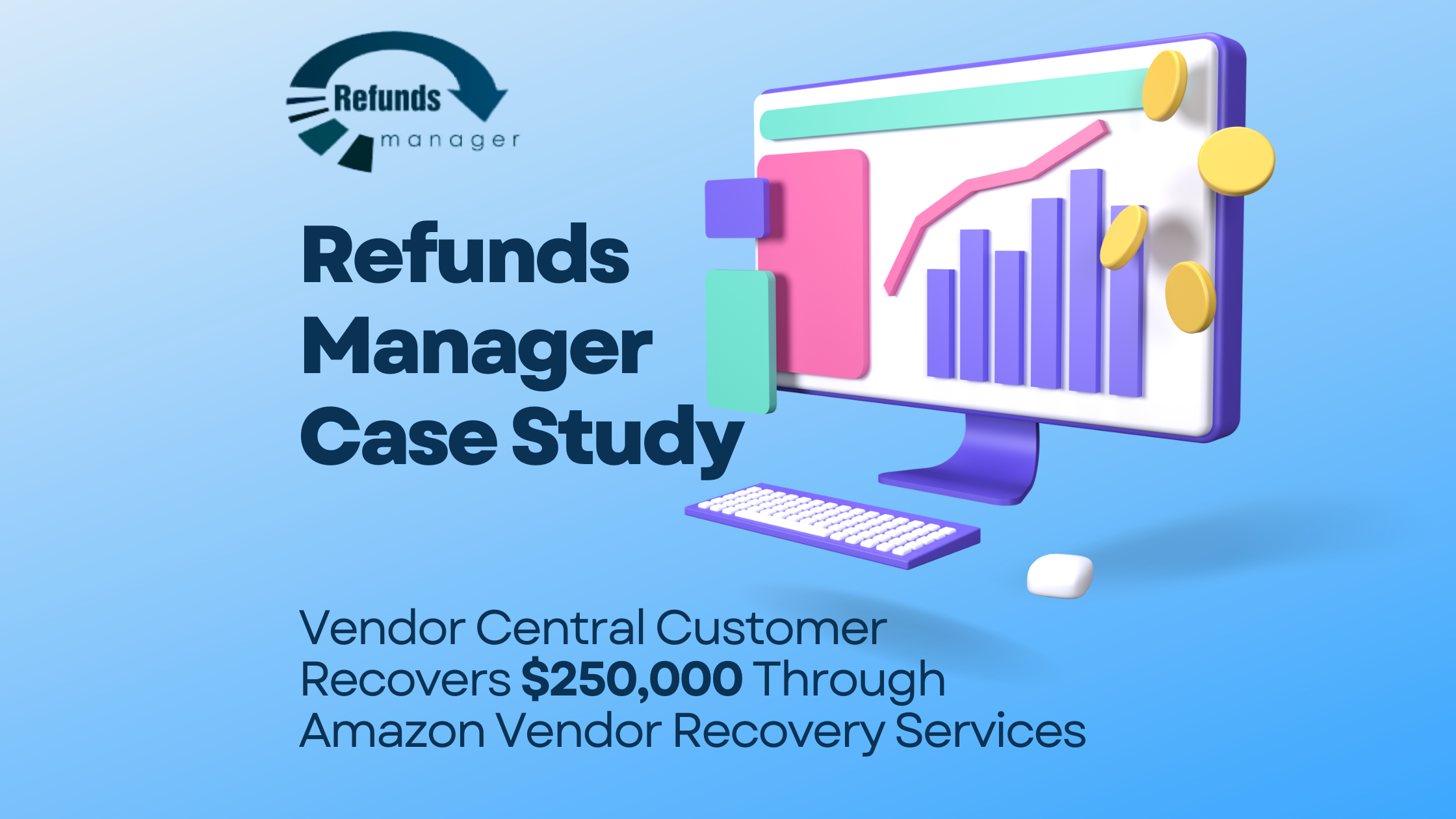As an Amazon vendor, you know the challenges of maintaining optimal inventory levels. Striking the right balance between supply and demand is critical for preventing stockouts and overstock situations, both of which can significantly impact your business. Here’s why accurate forecasting and demand planning are essential and some best practices to help you stay ahead.
Table of Contents
ToggleWhy Accurate Forecasting Matters
- Prevent Stockouts Stockouts are more than just missed sales opportunities; they can damage your brand’s reputation and decrease customer loyalty. Ensuring you have sufficient inventory to meet customer demand is crucial for maintaining a positive customer experience and driving repeat business.
- Avoid Overstock Excess inventory can tie up valuable capital and lead to increased storage costs. Overstock situations may force you to mark down products, cutting into your profit margins. Effective demand planning helps you maintain lean inventory levels and avoid these costly scenarios.
- Optimize Resources With accurate forecasting, you can allocate resources more efficiently, from manufacturing to shipping. This optimization reduces waste and improves overall profitability, allowing you to reinvest in other areas of your business.
- Enhance Supplier Relationships Reliable demand forecasts enable better communication and planning with your suppliers. This fosters stronger partnerships and can lead to more favorable terms and better collaboration, ensuring a smoother supply chain operation.
Best Practices for Forecasting and Demand Planning
- Leverage Data Analysis Utilize historical sales data, market trends, and seasonality patterns to make accurate predictions about future demand. Analyzing this data helps you understand your product’s performance and anticipate fluctuations in demand.
- Collaborate Across Teams Effective demand planning requires input from various departments, including sales, marketing, and supply chain. By collaborating with these teams, you can gather valuable insights and create a more comprehensive and accurate forecast.
- Integrate Technology Implement advanced forecasting tools and software that leverage AI and machine learning. These technologies can analyze vast amounts of data more quickly and accurately than manual methods, providing you with precise demand predictions and inventory recommendations.
- Continuous Monitoring and Adjustment Demand planning isn’t a set-it-and-forget-it process. Regularly review and adjust your forecasts based on real-time data and market changes. This continuous monitoring allows you to respond swiftly to unexpected shifts in demand or supply chain disruptions.
- Scenario Planning Prepare for various scenarios, such as sudden demand spikes or supply chain interruptions. By developing contingency plans, you can stay agile and responsive, minimizing the impact of unforeseen events on your inventory levels.
Implementing Best Practices on Amazon
For Amazon vendors, implementing these best practices can be particularly beneficial. The competitive nature of the platform means that maintaining optimal inventory levels is crucial for staying ahead. Here are some additional tips specific to Amazon vendors:
- Use Amazon’s Tools: Amazon provides several tools, such as the Inventory Performance Index (IPI) and demand forecasting reports, to help vendors manage their inventory effectively.
- Monitor Competitors: Keep an eye on your competitors’ inventory levels and pricing strategies. This information can provide insights into market demand and help you adjust your own forecasts.
- Optimize Listings: Ensure your product listings are optimized for search and conversion. High-quality listings can drive more traffic and sales, influencing your demand planning.
Accurate forecasting and demand planning are essential for Amazon vendors looking to optimize their supply chain and maximize profitability. By leveraging data analysis, collaborating across teams, integrating technology, continuously monitoring forecasts, and preparing for various scenarios, you can maintain the right inventory levels to meet customer demand without overextending resources.




